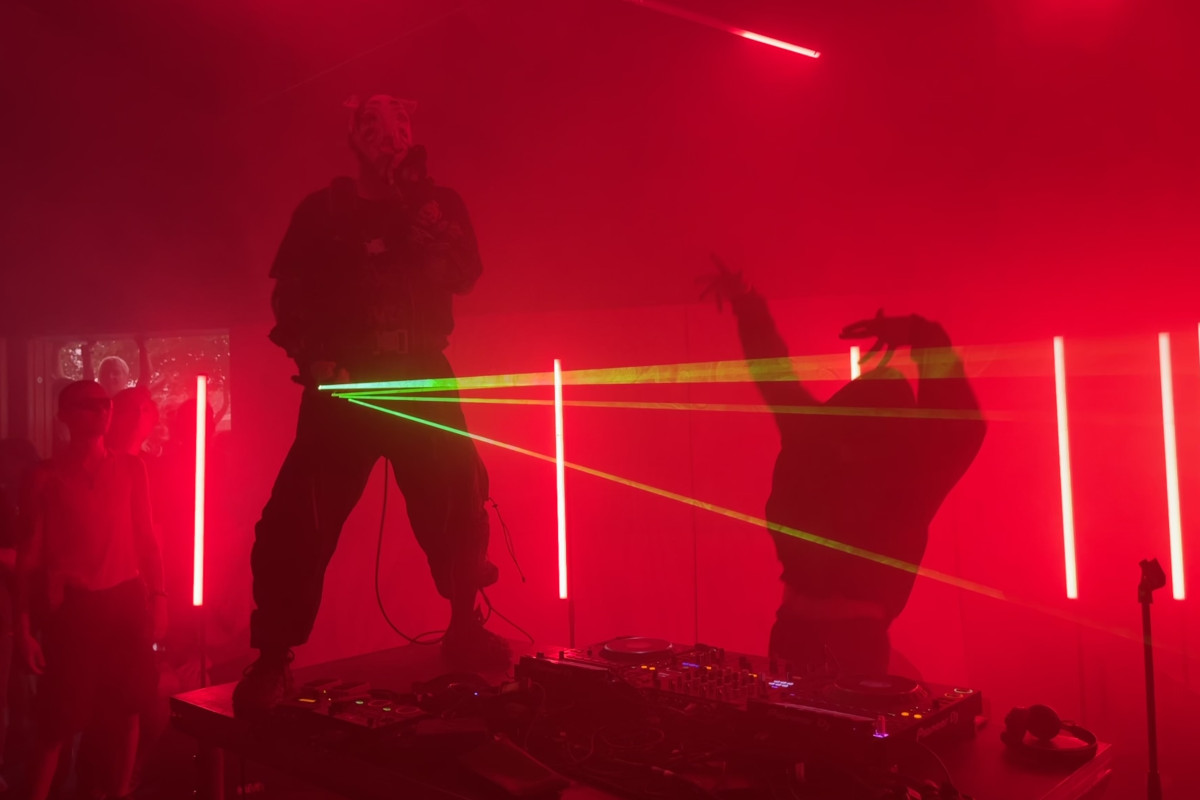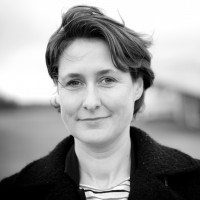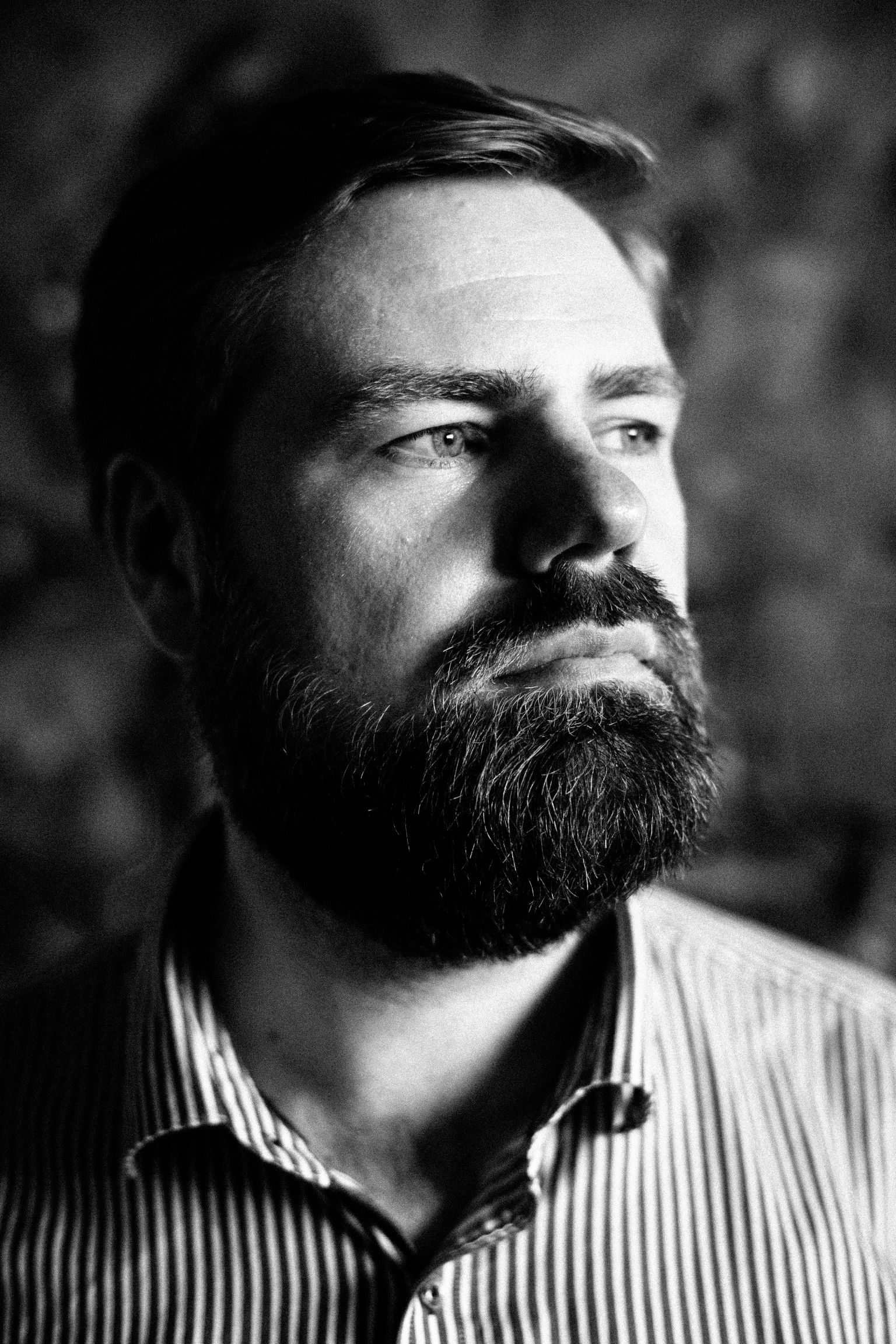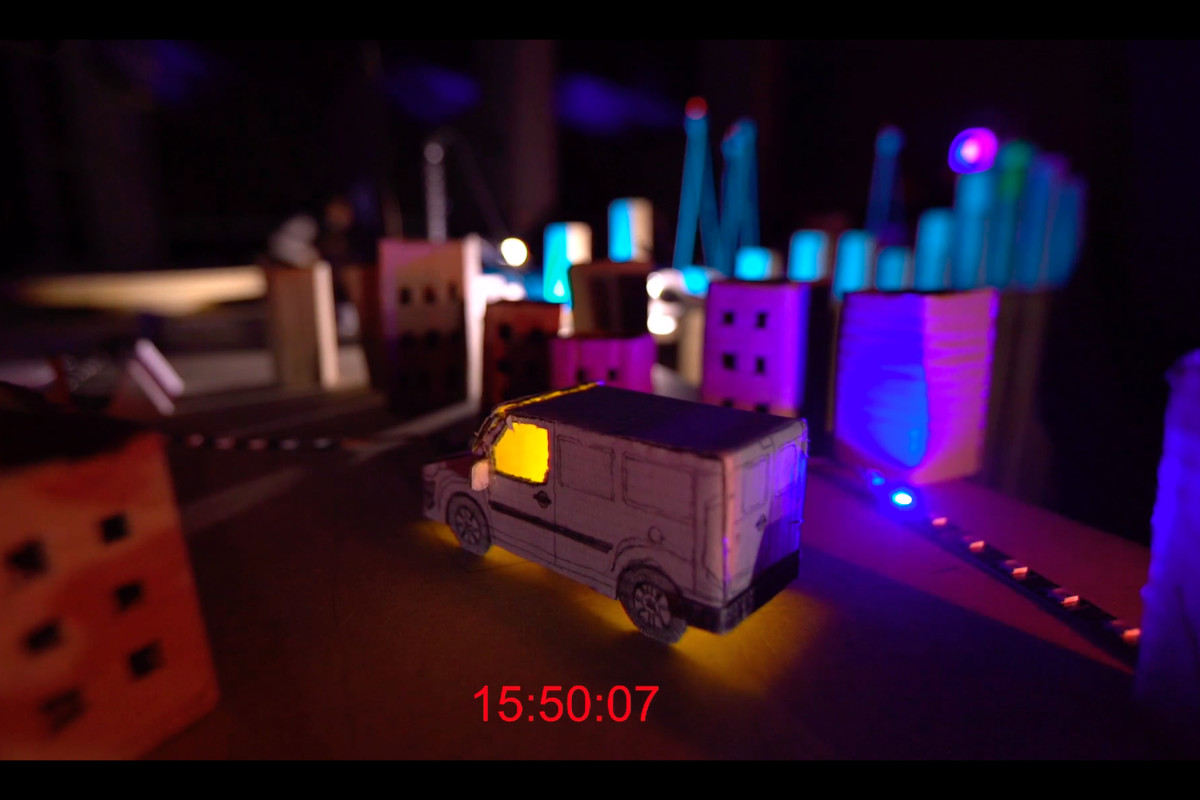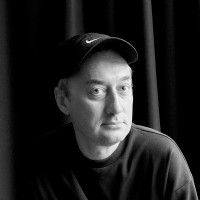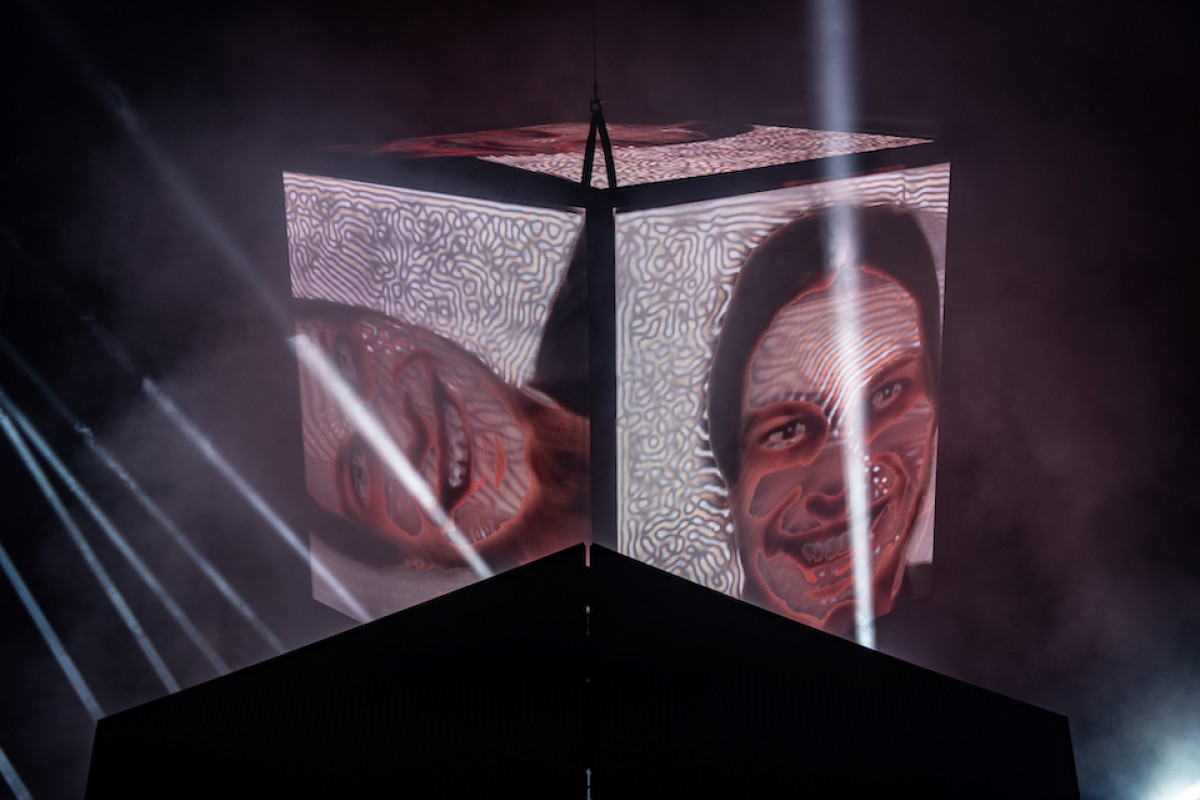Why Gabber Modus Operandi from Bali was booked for Roskilde's »avant-garde scene« Platform, which my 20-year-old son called the »boomer« scene, is a mystery. In 2018, when they made their European debut, it was at the seminal Berliner festival CTM at the club Berghain. Since then, they have traveled around the world and were featured on Björk's new album in autumn 2022.
The music and the trance party, on the other hand, went straight in – a mix of new and previously released tracks, all produced by Kasimyn and spiced up by Ican Harem with his wild performance. The tracks provide the foundation to the trance, but it is Harem who controls it with song, recitation and growl and with an insistent audience address primarily in Indonesian.
It was loud and intense, and the trance-happy festival audience, who had turned up in large numbers, had plenty of opportunity to dance. The individual character of the tracks is found in characteristic and slower pentatonic themes played by samples that sound like slompret (Javanese wind instrument, as in the track Sandikala), bonang (small gong) and synth (Genduwuro), and Indonesian song/speech (Hey Nafsu). A local Indonesian jumble woven into a global borderless music machine.
Jathilan is the name of an Indonesian ritual dance in which knights on reed horses travel out to defend the sultan, but along the way are possessed by the spirits of the forest. Jathilan is currently particularly popular in Java in local contexts in city and countryside, where both dancers and the audience can get in trance, which is led by a "fusion gamelan" consisting of Indonesian gamelan, drum set, synthesizer and whatever else is in the neighborhood. Everything is electrically amplified and blown out through distorting speaker towers – preferably with over 110 DB. The aesthetics are breathtaking and something quite unique.
Gabber Modus Operandi precisely finds, among many other on- and off-line curiosities, inspiration in jathilan. They too have travelled out, however, without reed horses, classic Indonesian dance costumes and instruments. Instead, they have brought us high-tempo electronic dance music (EDM). Hard pumping metallic noisy beats here reaching 120 DB. Towards the end, they invited us to sit on the floor. The trance now took form as a call to prayer, meditation and contemplation.



